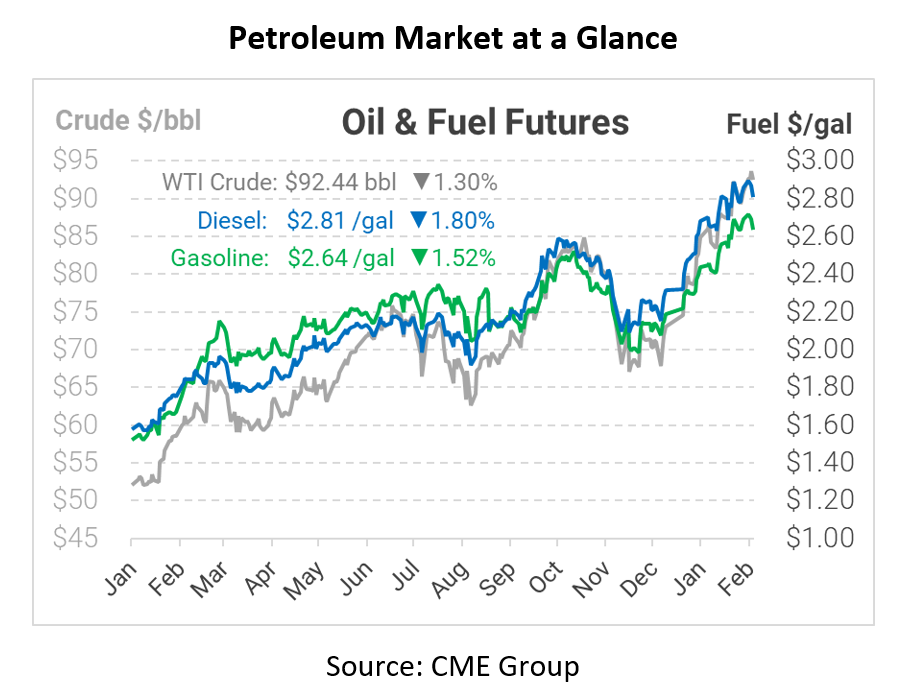
Trucking & Microchips – By the Numbers
Since 2020, microchips have been in short supply. With demand heavily outweighing supply for microchips, consoles, computers, and other semiconductor products, heavy delays in production remain a significant issue. The global chip shortage has been an ongoing crisis affecting over 150 countries. However, one of the largest affected groups with a high demand for chips are vehicles, and experts now believe this shortage could last well past 2022.
Starting at the peak of COVID-19 back in 2020, remote learning and remote work started to become the “norm”. This led to a massive rise in demand for computers and other consumer electrics. During COVID-19 lockdowns, chip manufacturers were unable to remain at current output levels, leading to a complete liquidation of inventory levels around the globe. In the fourth quarter of 2020, computer sales saw a 26.1% growth from 2020, showing the effects of rising demand for microchips. Computers were the first type of technology impacted by the chip shortage, but vehicles, including OTR rigs, would have it far worse in the coming months.
Today, most vehicles have anywhere between 1,400 and 3,000 microchips built into them. While 50% of chip production worldwide is for personal electronics, vehicles occupy a large chunk, accounting for nearly 15%. At the beginning of the pandemic, when people were getting used to a stay-at-home life, vehicle manufacturers had an incorrect prediction – that sales would drop. Demand for vehicles rose, but by then it was too late for factories to receive adequate shipments of microchips because the consumer electric industry had depleted inventories. Since the start of this global shortage, over $200 billion in global automotive revenue has been lost.
When looking at trucks in North America, Class 8 vehicles are the large trucks used to transport goods. In July 2021 the count of new Class 8’s fell to the lowest level since May 2020, with only 14,920 new units produced. Within the low production level, the backlog for trucks last year nearly tripled to over 260,000. To temporarily reduce the pressure on low production numbers for Class 8 vehicles, manufacturers have started to recycle chips from lower-class models and put them into their new Class 8’s for the time being until they have a permanent solution to address the shortage. With around 40% of new vehicle costs directly associated with microchips, it is easy to see how this problem becomes more severe every minute the shortage is extended.
In an attempt to correct the continuation of global chip shortages, many world powers are trying to work together to solve this problem. One year ago, President Biden signed an executive order to address the problems of the shortage and look at options to strengthen the semiconductor supply chain. In 2021 Congress passed the United States Innovation and Competition Act (USICA) that would provide $110 billion for the advancement of technology over five years, including research and education on how to move forward with technology shortages. While these newly passed acts will help the tech industry, it will still take some time before the supply and demand chain for chips is balanced once again. So, if you are looking for a new vehicle, you may just be waiting a bit longer.
This article is part of Daily Market News & Insights
Tagged:
MARKET CONDITION REPORT - DISCLAIMER
The information contained herein is derived from sources believed to be reliable; however, this information is not guaranteed as to its accuracy or completeness. Furthermore, no responsibility is assumed for use of this material and no express or implied warranties or guarantees are made. This material and any view or comment expressed herein are provided for informational purposes only and should not be construed in any way as an inducement or recommendation to buy or sell products, commodity futures or options contracts.








